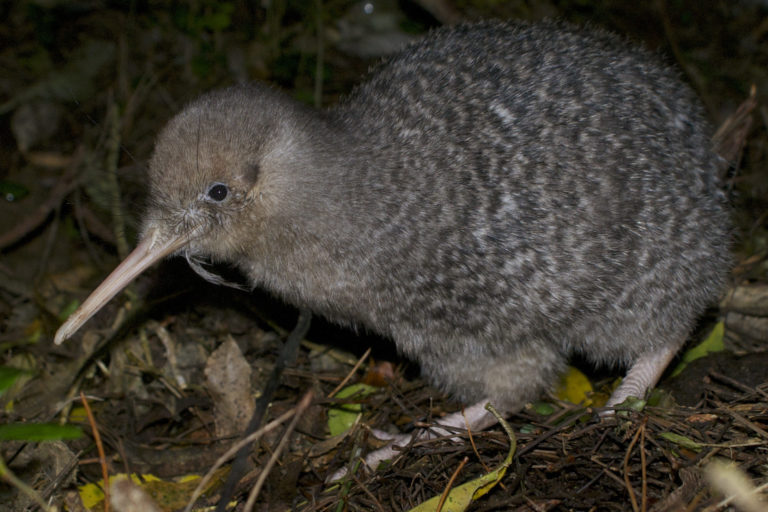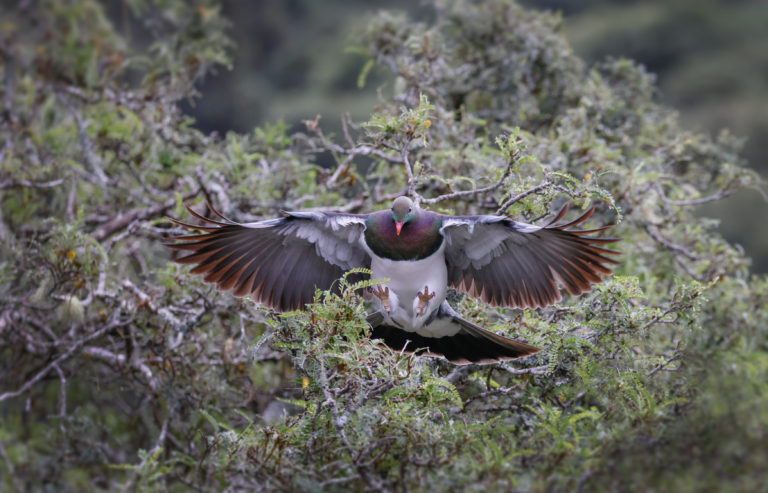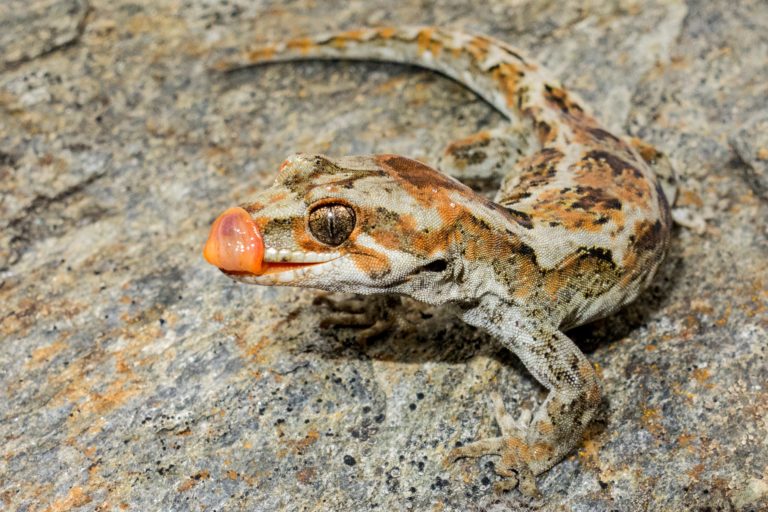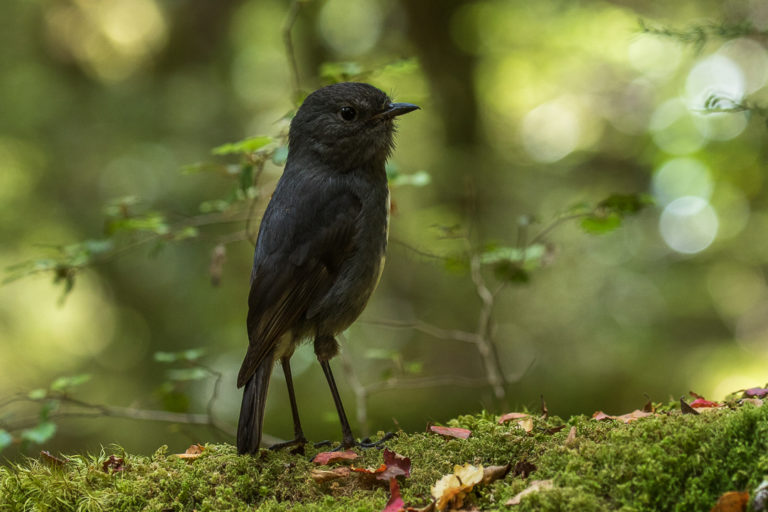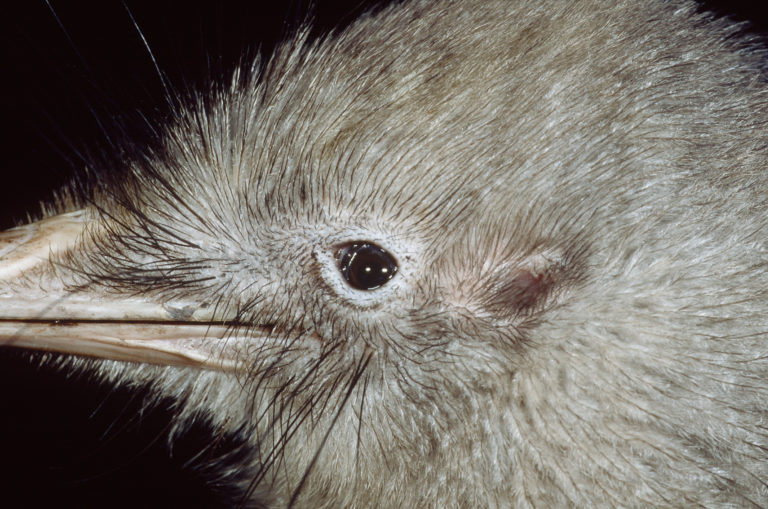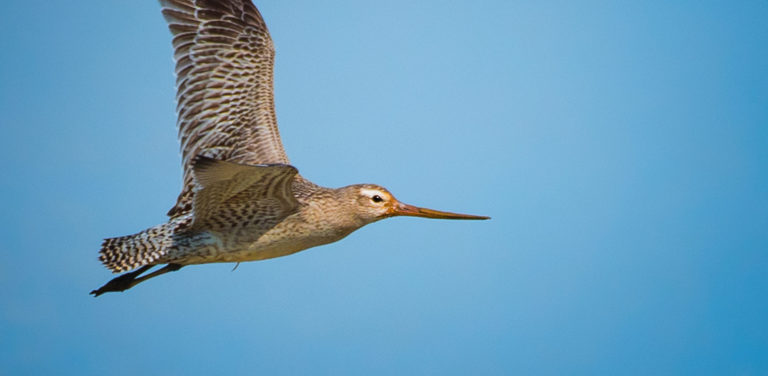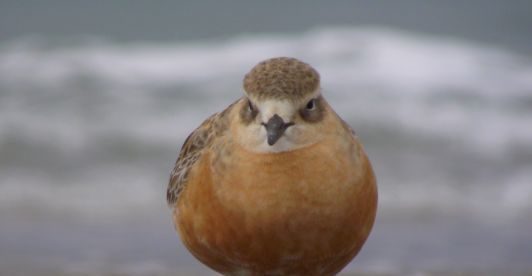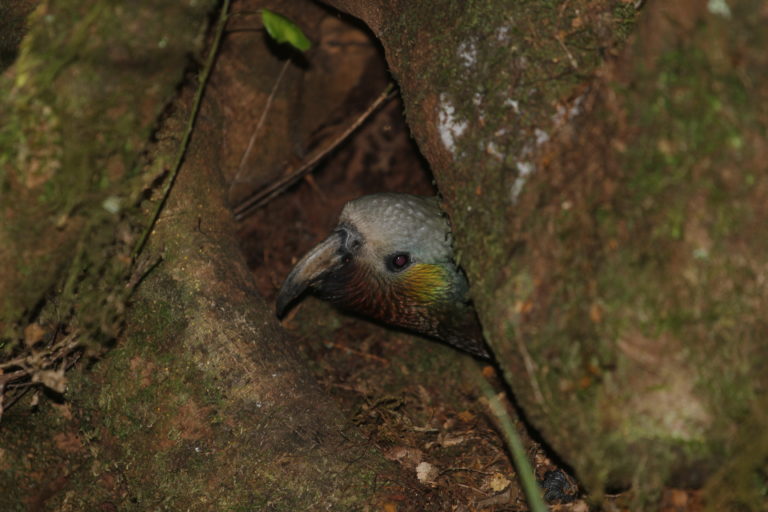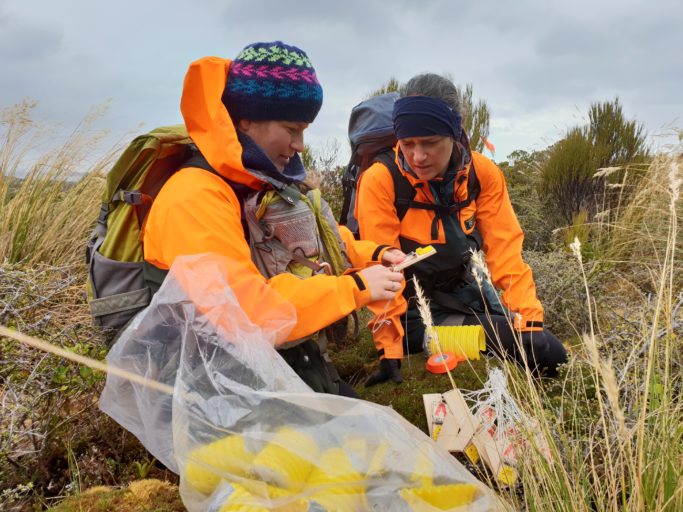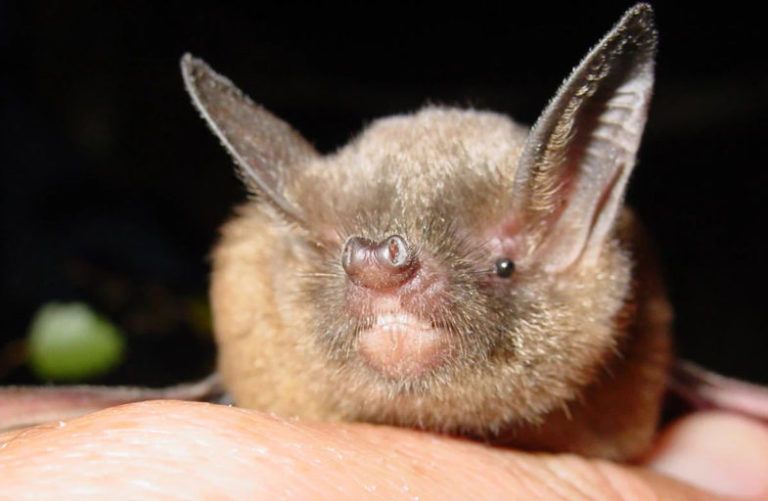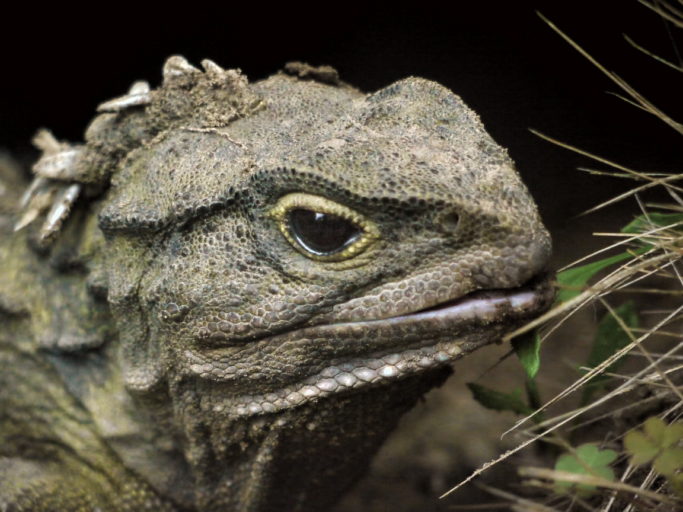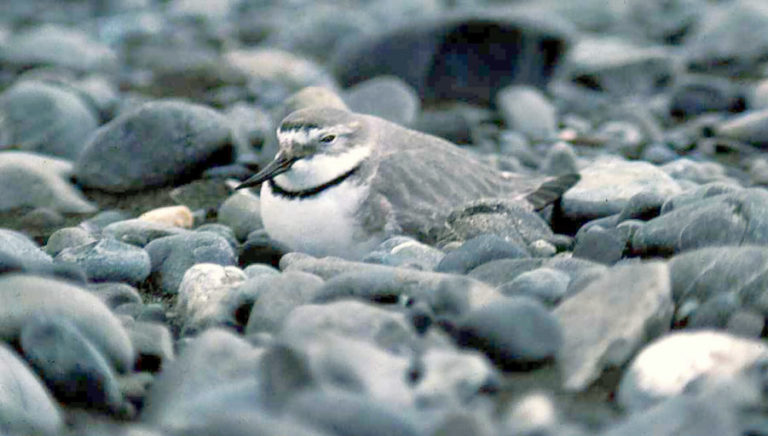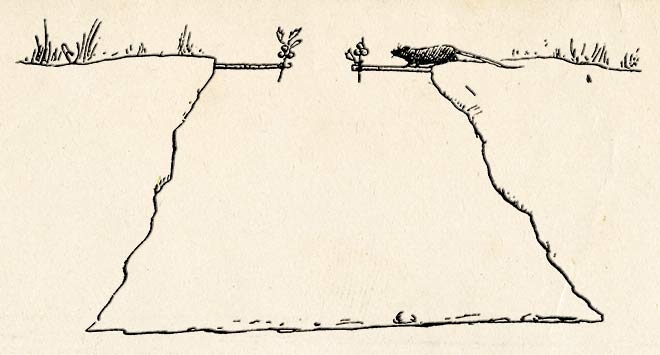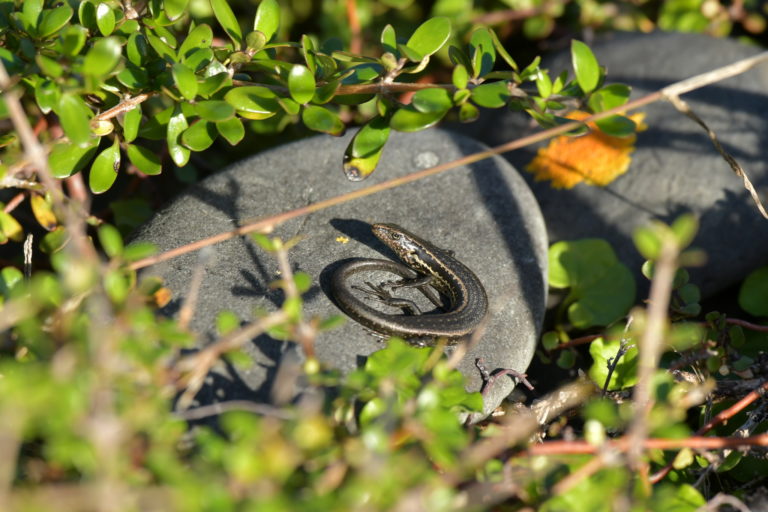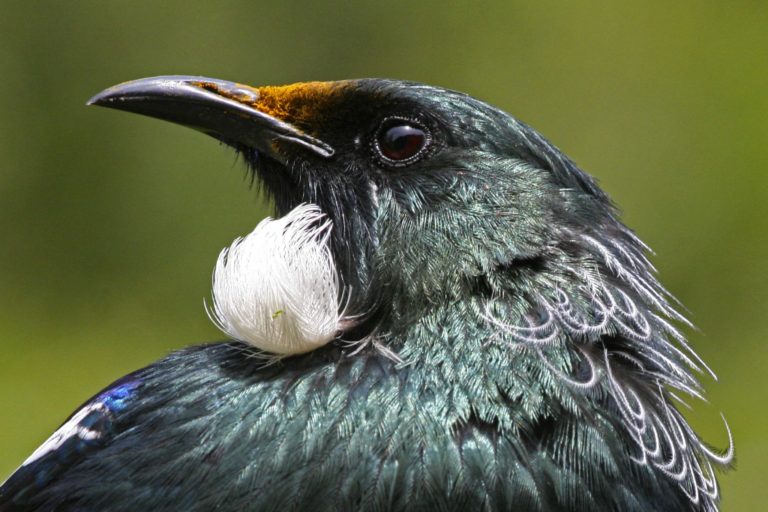Other articles written by Kate Guthrie
Hybrid kiwi uncovered in genetic study
Untangling the whakapapa of our kiwi can be more complicated than you might think – and appearances can sometimes be deceptive.
What factors are limiting kererū populations?
Kererū (kukupa) are big, beautiful and often unintentionally comic birds that are easily recognised, even when flying.
Rare orange-spotted gecko lives only in alpine zone
The orange-spotted gecko lives in only a few boulder fields and rock jumbles in the alpine areas of Queenstown Lakes and Central Otago districts.
Thesis explores anti-predator adaptive behaviour
When mammal predators first arrived in Aotearoa New Zealand, our native species didn’t know what had hit them and their naiveté led to some rapid extinctions.
How well do we really know our kiwi?
The kiwi is probably our most recognisable bird, but how well do we actually know our kiwi – really know them?
Bar-tailed godwits are longhaul experts
If you’ve ever found a longhaul airline flight gruelling, spare a thought for those expert longhaulers, bar-tailed godwits, currently departing for Alaska.
Omaha community is looking out for its dotterels
New Zealand dotterels are appealing shore birds, their sharp ‘cheep’ call signalling their constant alertness to possible danger. They need to be watchful.
Sugar intake of kākā measured at ecosanctuary feeders
Do Orokonui Ecosanctuary kākā benefit from supplementary feeding or might it be upsetting the nutritional balance of their diet?
Maukahuka Pest Free Auckland Island: Will it work?
This week marks the publication of the Maukahuka Pest Free Auckland Island project report on the technical feasibility of eradicating pigs, cats and mice from Auckland Island.
Bats influenced by rainfall when visiting unique ‘wood rose’
Short-tailed bats are the main pollinators of New Zealand’s only fully parasitic flowering plant – the wood rose (Dactylanthus taylorii).
Getting to know our largest reptile
Everyone knows about tuatara – right? Most New Zealanders know that our tuatara was around in dinosaur times. But how much do you actually know about them?
Breeding wrybills face multiple challenges
Wrybills, the little shore birds with a bend in their beak, are only found in New Zealand. They breed on the South Island’s braided rivers.
Rat-trapping has a long history in Aotearoa
The ancestors of Māori brought the kiore across the Pacific in their waka and early Māori developed several types of ingenious rat traps to catch them.
Predator pitfalls for live-trapped lizards
A common way to monitor what insects or lizards are around, is to use a live-capture pitfall trap which ground-based insects then fall into.
Feisty, melodious tūī is a welcome garden visitor
We love our tūī. Maybe its their feisty, humorous territorial antics. Or maybe it’s the melodious calls interspersed with those ridiculous ‘snorts’.

